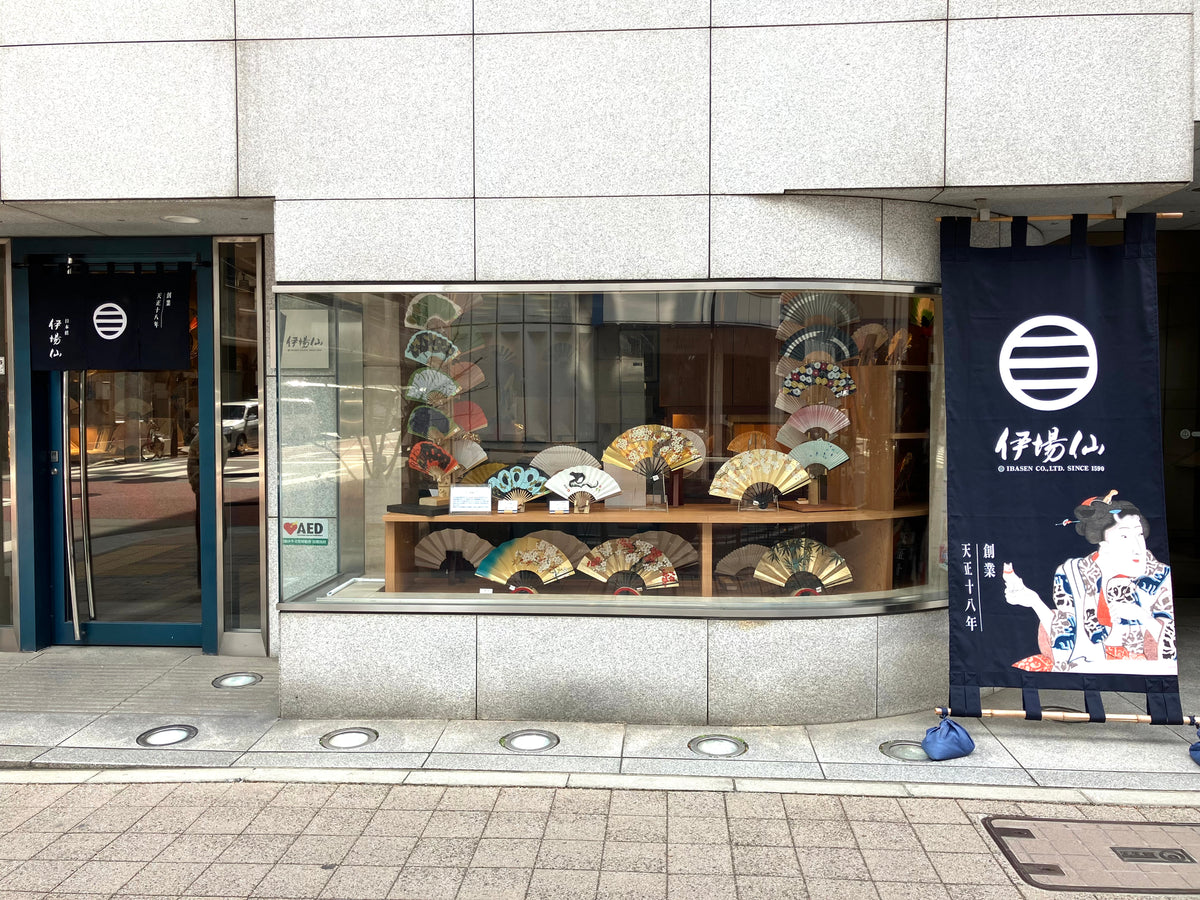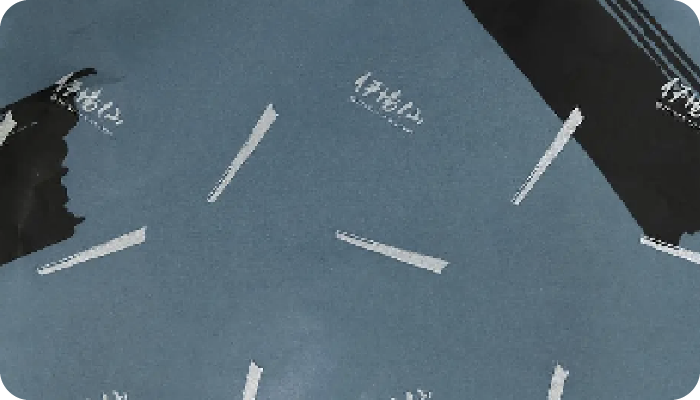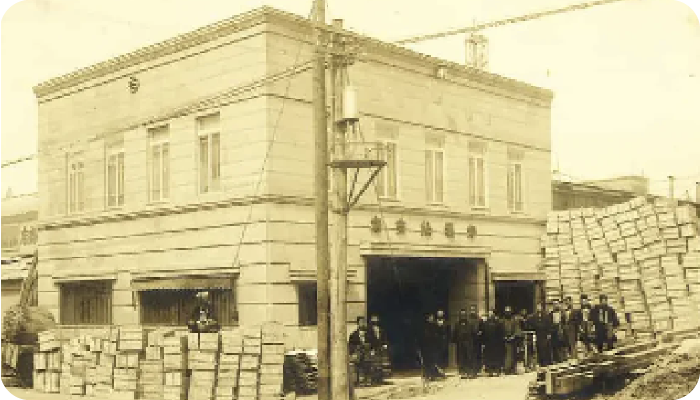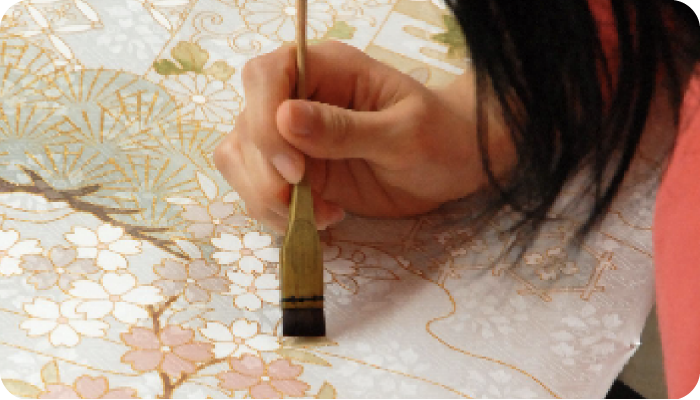What is the difference between "Noh" and "Kyogen"? Comparison of features and history at a glance
Noh" and "Kyogen," both traditional Japanese performing arts, are known for being performed on a Noh stage depicting a large pine tree, and have many similarities. What exactly are the differences between Noh and Kyogen? When viewing traditional performing arts, it is important to keep in mind the differences and highlights of both in advance.
This article provides basic knowledge about the differences between Noh and Kyogen. If you are interested in Japanese traditional performing arts, or if you are planning to see Noh or Kyogen, please read this article for reference.
Relationship between "Noh" and "Kyogen
Noh" and "Kyogen" are often confused with each other, but both are traditional Japanese performing arts and have a deep relationship. Let's start with the relationship between Noh and Kyogen.
Both Noh and Kyogen are performed in Nohgaku, a traditional Japanese performing art for the masses.
Nohgaku is said to have its roots in sangaku, which was introduced from Tang China in the Nara period (710-794). Sangaku, which combined elements from a variety of performing arts, developed into the comical drama known as sarugaku as time went on. Sarugaku was eventually developed into Noh, which has artistic elements through song and dance. Kyogen," which is a comedic play with funny lines, was performed in between Noh performances, and the Nohgaku form, in which Noh and kyogen are performed alternately, was established.
Thus, the term "Nohgaku" is now used as a generic term for the performing arts that include both Noh and kyogen. For example, the actors who perform Noh plays are called "Shitekata" and "Wakikata," the "Musicians" who play musical instruments, and the "Kyogenkata" who perform kyogen, and those who perform Noh plays are called "Nohgakushi. Nohgaku is not only designated as an Important Intangible Cultural Property of Japan, but is also listed as a UNESCO Intangible Cultural Heritage, making it a traditional performing art recognized worldwide for its high value.
What is the difference between "Noh" and "Kyogen"?
Noh and Kyogen are both performed on the Noh stage and have many similarities. However, there are significant differences in their subject matter, with Noh tending to depict tragedy and kyogen comedy. Here, we will explain the various differences between Noh and Kyogen while comparing them.
Characteristics of Noh
Noh is characterized by the use of gorgeous costumes and masks. It is a song-and-dance drama beautifully expressed through songs called "utai," dances called "mai," and the playing of musical instruments. The lines are delivered in a formal, literal style with words such as "~ de de sorou. The themes often depicted in Noh are stories about historical figures and events, and tragedies from mythology. In addition, Noh plays can be broadly divided into two types: present-day Noh plays, which are set in the real world, and dream plays, which are set in imaginary worlds such as dreams and visions.
Characteristics of Kyogen
Kyogen is performed in "hitamen" style, with simple costumes and without Noh masks. The dialogue uses colloquial expressions such as "~ de gosaru," and the story is vividly depicted through the amusing conversations of the characters. Compared to Noh, it is characterized by a greater number of lines. In addition, the acting of joy, anger, sadness, and anger, as well as the ease with which the lines can be heard, generally tend to make the content of the story easier to comprehend. The themes often depicted in kyogen works are familiar to many people and are everyday events of the common people.
<能と狂言の特徴>
| 能 | 狂言 | |
|---|---|---|
| テーマ | 歴史上の人物・事件、神話などの悲劇 | 庶民の日常の出来事などの喜劇 |
| 出演者の衣装 | 華やかな装束と能面 | 簡素な装束と直面 |
| セリフ | 「~でそうろう」の文語調 | 「~でござる」の口語調 |
| 表現の特徴 | 謡や舞による美しい演技 | 観客を笑わせる面白おかしい会話 |
| 代表的な演目 | 道成寺、鞍馬天狗、安宅、土蜘蛛、葵上など | 三番叟、奈須与市語、萩大名、蝸牛、附子など |
Points on how to enjoy "Noh" and "Kyogen
How can we enjoy Noh and Kyogen in a more enjoyable way? Finally, we would like to share with you some tips on how to enjoy each of these traditional performing arts.
How to Enjoy Noh
When viewing Noh, it is easier to understand the content of the story if you know the synopsis of the piece beforehand. Since Noh expresses deep emotions with the slightest movement, understanding the meaning will enrich the experience. Also, the expression on a Noh mask changes depending on the angle from which it is viewed. Seating position is also important, so if you are seeing a Noh play for the first time, we recommend that you sit in front of the stage. You may also enjoy watching the same performance from different seats.
How to Enjoy Kyogen
Kyogen is easy to enjoy as you see and hear it, with its rhythmic language and comical movements. Also, the actors will give a commentary on the piece before the performance, so you can check the synopsis of the piece right before the performance. Please feel free to enjoy the performance. The funny and humorous aspects of the daily lives of ordinary people can be easily understood by people today. It is a good idea to try to imagine in concrete terms where the characters are and what they are doing.
Keep the differences between Noh and Kyogen in mind when appreciating these traditional performing arts!
So far, we have introduced some basic knowledge about the differences between Noh and Kyogen. Although both Noh and Kyogen are performed in the Noh theatre, there are various differences between them in terms of themes and characteristics of expression. Nohgaku is an Important Intangible Cultural Property of Japan and a UNESCO Intangible Cultural Heritage. We invite you to experience the world of traditional performing arts that have continued in Japan since ancient times at a Noh theater. If you do, please make use of the tips we have given you for how to enjoy it.



